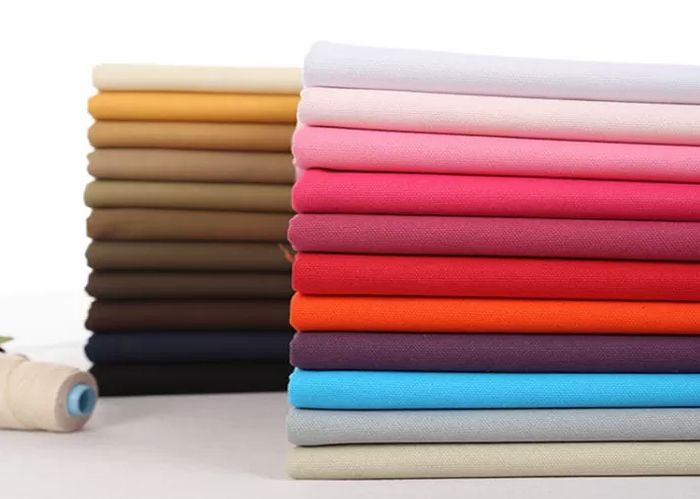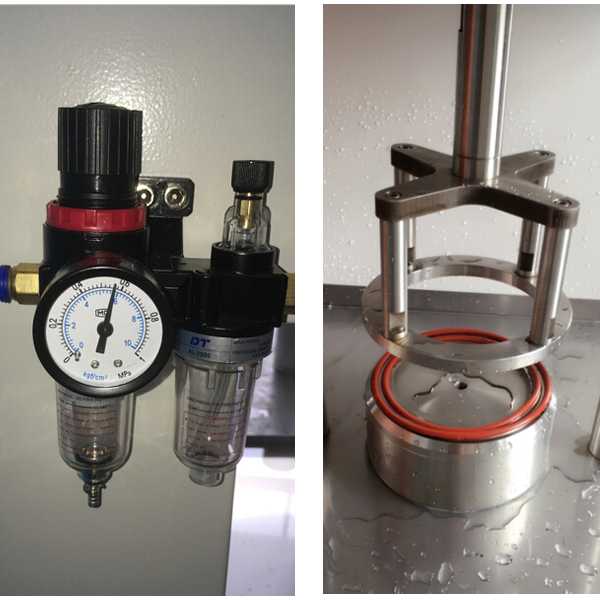Fabric Penetration Testing: A Critical Step in Quality Control

Fabric penetration testing is a critical step in quality control for textile manufacturers and suppliers. It involves testing the fabric's ability to resist penetration by liquids, such as water, oil, and chemicals. This testing is important because it ensures that the fabric meets the required standards for its intended use.

There are several methods used for fabric penetration testing, including the hydrostatic head test, spray test, and the impact penetration test. The hydrostatic head test measures the water resistance of the fabric by applying water pressure to the fabric until it penetrates. The spray test involves spraying the fabric with water or other liquids to determine its resistance to penetration. The impact penetration test measures the fabric's ability to resist penetration by a falling object.

Fabric penetration testing is important for a variety of industries, including the medical, automotive, and outdoor apparel industries. In the medical industry, fabrics used for surgical gowns and drapes must be able to resist penetration by blood and other bodily fluids. In the automotive industry, fabrics used for car seats and interiors must be able to resist penetration by liquids such as coffee and soda. In the outdoor apparel industry, fabrics used for rain jackets and tents must be able to resist penetration by water.
Overall, fabric penetration testing is a critical step in ensuring the quality and safety of textile products. By testing the fabric's ability to resist penetration by liquids, manufacturers and suppliers can ensure that their products meet the required standards for their intended use.
2023-04-26 10:14


